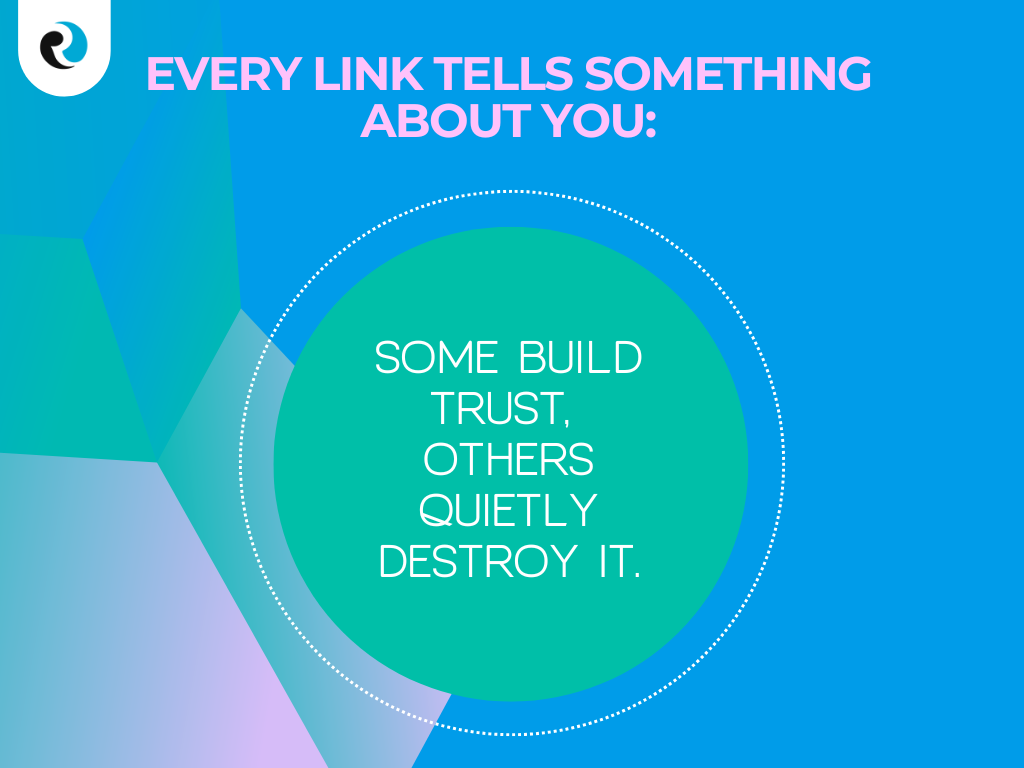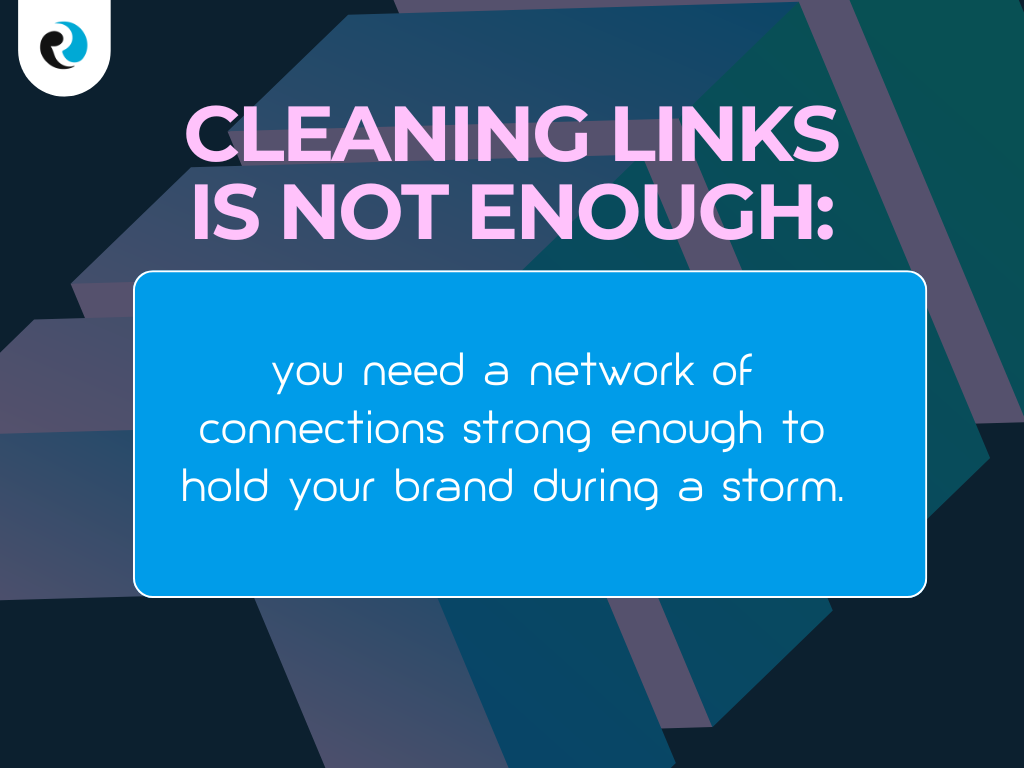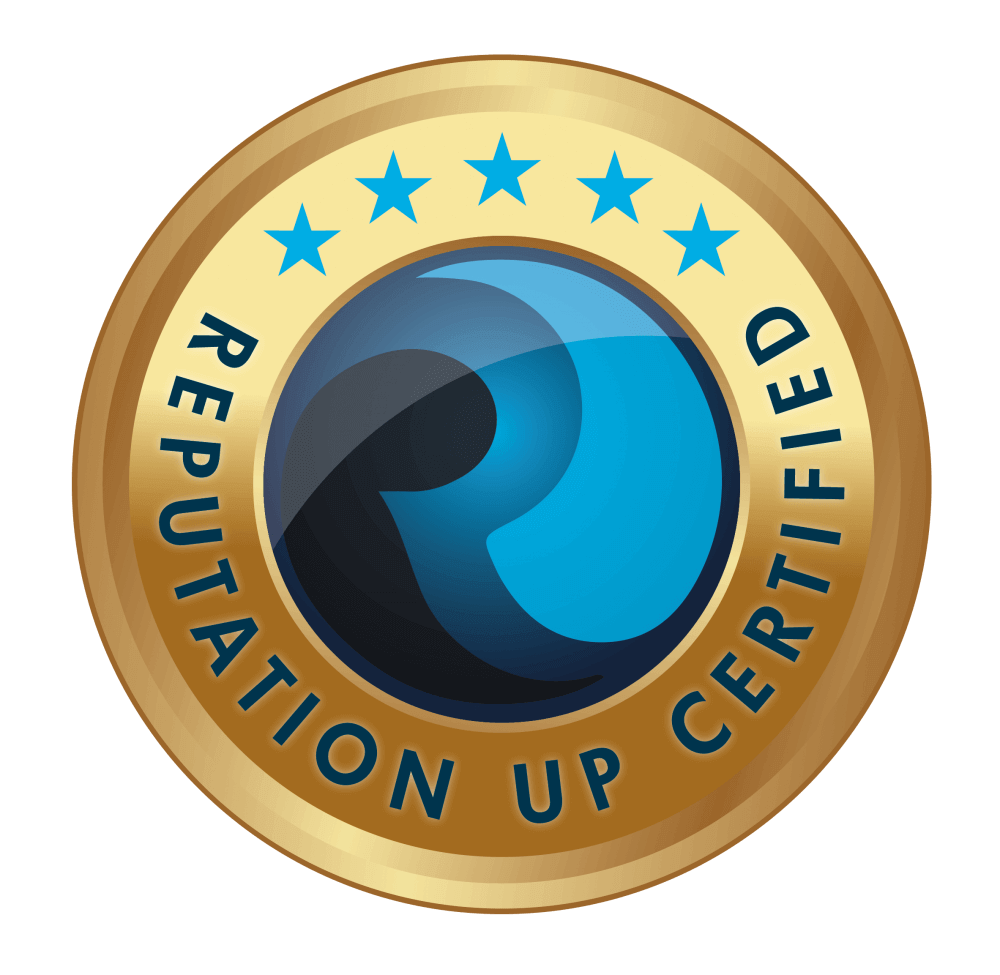A single link can look like a minor technical detail. In reality, for a company or a professional, a link pointing to the wrong page can become a reputational and legal risk: defamatory articles, scam sites, outdated content still ranking for your name, portals that attach your brand to situations that no longer represent you.
In a world where almost every decision passes through Google, leaving dangerous links unchecked means letting others control your image. Acting quickly – removing what is harmful and building healthy connections – is essential if you truly want to protect your brand.
What “dangerous links” really mean for your brand
In the context of digital reputation, “dangerous links” are not only about malware. They include any connections that:
- associate your name with false, outdated, or defamatory content
- come from toxic, low–quality sites that can damage your image
- feed link schemes that search engines classify as spam
These links are often created without your consent. They come from hostile blogs, low–quality aggregators, black–hat SEO schemes, or portals that monetise on your crises and controversies.

Online reputation is never neutral
“Online reputation is never neutral: it is either working for you or against you.” – Andrea Baggio, CEO of ReputationUP
Dangerous links actively work against you, even if you didn’t create them and even if you don’t know they exist yet.
How dangerous links erode trust, SEO, and business
When a negative or toxic page is linked to your brand, the impact is both perceptual and technical. On one hand, users are exposed to harmful content; on the other, those same links help that content stay visible in search results.
Over time, this can lead to:
- loss of trust from customers, partners, and investors who mostly see negative narratives
- a degraded link profile that can affect your overall rankings
- increased exposure to practices that violate Google’s spam policies
In severe cases, a polluted link profile can contribute to ranking drops or penalties that are difficult to reverse. That is why removing and managing dangerous links is a core part of any serious brand protection strategy.
Google’s spam policies and the role of links
Google’s spam guidelines clearly describe which behaviours can lead to lower rankings or removal from search results. Among them, link schemes created primarily to manipulate rankings.
This means that those who launch negative link campaigns against your brand are not just attacking your image; they are also pulling you into patterns that search engines actively try to suppress.
Protecting yourself requires a combination of technical analysis, reputational assessment of linking domains, and structured communication with site owners, platforms, and, when needed, legal counsel.
Link removal, legal tools, and outdated results
Not all links can be removed, but many can. Common actions include asking site owners to delete or amend content, requesting de–indexing in appropriate legal contexts, and outranking harmful pages with updated, authoritative content.
When the issue is that Google is still showing old information from a page that has changed or been deleted, you can use the official outdated content removal tool to request that search results and cached versions be refreshed.
By combining legal requests, technical tools, and smarter content, you can significantly reduce the influence of links that unfairly damage your brand.
Prevention, monitoring, and early reaction
Removing dangerous links is far more effective when it is part of a broader monitoring strategy that includes:
- regular reviews of domains and pages linking to your brand
- tracking new pages appearing in SERPs for branded and sensitive queries
- early detection of hostile networks or portals exploiting your reputation
Advanced monitoring solutions such as those by ReputationUP make it possible to detect warning signs before a single toxic link becomes the dominant result.

Data, links, and market perception
“Data tells a story, but we decide how the market will read it.” – Juan Ricardo Palacio, CoFounder & CEO of ReputationUP
Every link is a data point. Organising, filtering, and acting on the dangerous ones means taking back control of the story users read when they search for your brand.
Dangerous links and financial reputation
For banks, investors, and strategic partners, online search is now a standard part of risk assessment. If search results show your brand mainly in connection with complaints, disputes, or toxic forums, your perceived risk increases – even when the real situation is different.
A consistent strategy that cleans your link profile and builds strong, reputable connections contributes directly to your overall services positioning in financial and corporate environments. It shows that you are able to manage crises, maintain transparency, and protect stakeholders from hidden risks.
ReputationUP works precisely at this intersection between image, data, and business value, turning link removal into a practical tool for protecting your company’s worth.
How ReputationUP handles dangerous links
ReputationUP tackles dangerous links through an integrated process that covers in–depth analysis of your link profile, identification of critical sources, and the design of tailor–made removal, de–indexing, and replacement strategies.
The goal is not simply to erase uncomfortable links, but to build a robust ecosystem of connections aligned with your identity and your services, capable of absorbing shocks and supporting your brand in both normal times and crisis situations.

Conclusion: never underestimate the power of a link
A dangerous link is never “just a link”. It is an entry point to a story about you – usually written without your participation.
Identifying, removing, and replacing these links with healthy, authoritative connections is one of the most concrete ways to protect your brand today. When integrated into a broader monitoring and content strategy, link management becomes a core pillar of your defence, helping you stay in control of your digital narrative.
Frequently Asked Questions (FAQ)
A normal link connects your brand to pages that are consistent with your activity and provide accurate, up–to–date information. A dangerous link connects you to toxic content: defamation, misleading or outdated material, or low–quality sites involved in spam. The problem is not the link itself, but the context and narrative it reinforces.
No. Some links can be removed or de–indexed, especially when they point to clearly unlawful or obsolete content. Others require a mix of legal, technical, and communication efforts. When removal is not possible, the strategy focuses on reducing visibility and strengthening alternative, reliable sources.
Google’s spam policies state that manipulative link schemes can lead to lower rankings. At the same time, Google tries to distinguish between sites that generate spam and those that are targeted by it. This is why monitoring, disavowing, and reporting dangerous links – while building a strong natural link profile – is so important.
Yes. Links and content accumulate over time. Waiting until harmful results dominate the first page means dealing with a bigger, more expensive problem. A proactive approach turns link management into a form of reputational insurance rather than an emergency reaction.

